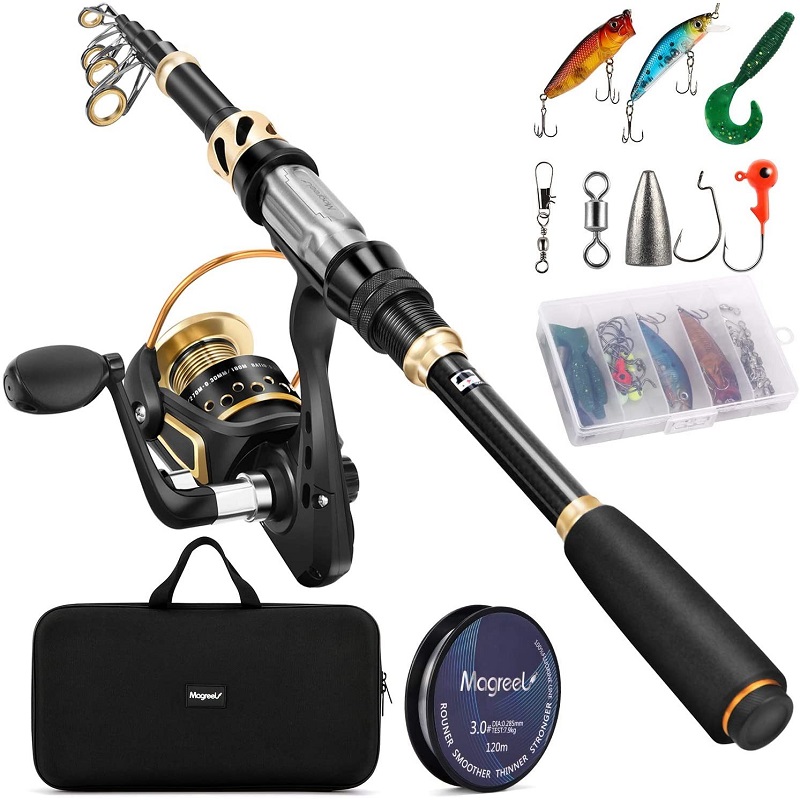The Importance of Proper Maintenance
A saltwater fishing reel is essential for successful angling in coastal waters. Not only does it serve as your primary tool for casting and retrieving fish, but it is also crucial for landing them effectively. However, even the best reels can encounter problems over time, especially when subjected to harsh saltwater conditions. Consequently, regular maintenance and troubleshooting skills can help you address common issues that arise with saltwater fishing reels.
In this article, we will provide you with actionable troubleshooting tips for common malfunctions. For instance, whether you’re dealing with a stuck drag, damaged gears, or line tangles, we will explore practical solutions and preventive measures. By understanding how to handle these malfunctions, you can enhance your fishing experience and prolong the lifespan of your gear.
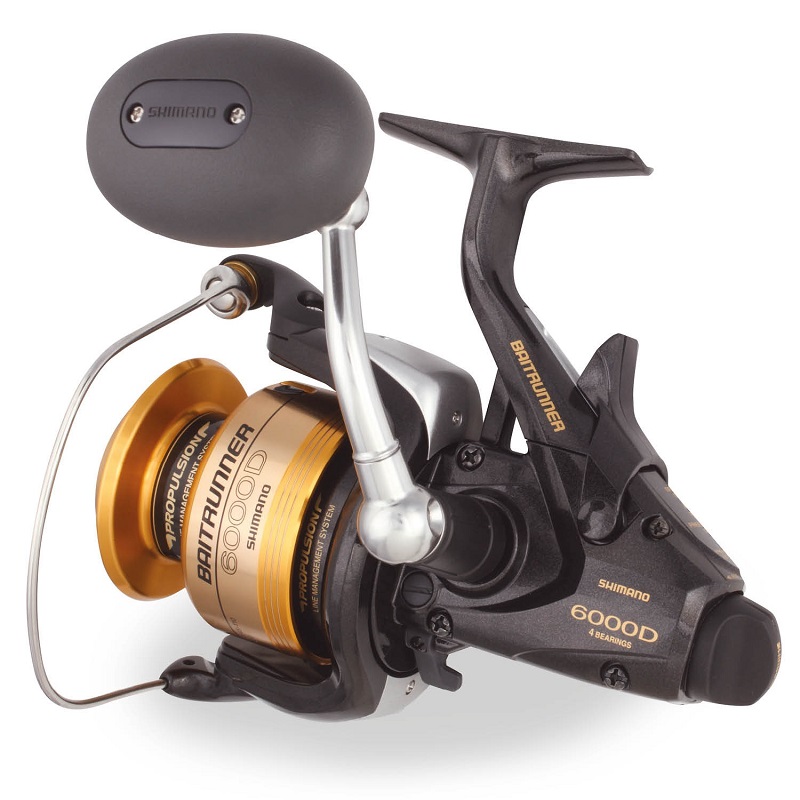
Understanding Your Saltwater Fishing Reel
Components of a Saltwater Fishing Reel
To effectively diagnose issues, it is important to understand the components of a saltwater fishing reel. Moreover, familiarizing yourself with these parts can empower you to identify problems more efficiently:
- Drag System: This component controls how much resistance is applied when a fish pulls on the line. A malfunctioning drag can lead to lost fish.
- Spool: The spool holds the fishing line and is integral to casting. Damage or wear here can quickly lead to tangles and snags.
- Handle: The handle allows you to retrieve the line and should turn smoothly. If you notice stiffness, it indicates potential issues inside the reel.
- Gears and Bearings: These parts facilitate smooth retrieval. However, corrosion can affect their functionality, leading to rough operation.
- Foot and Base: This part connects the reel to the fishing rod. Therefore, ensure it is secure, as a loose fit may lead to misalignment while casting.
Understanding these components will facilitate easier troubleshooting when issues arise.
Common Problems in Saltwater Fishing Reels
Even with proper care, you may encounter common problems with your saltwater fishing reel. Identifying these issues early can save you time and effort when fishing:
- Drag Malfunctions: If the drag feels sticky or doesn’t respond well, it could be due to dirt or old grease.
- Line Twists and Tangles: Twists in the line often occur during casting or retrieval, and you may need to untangle or rewind it.
- Rough Retrieval: A gritty or rough sensation when reeling in could indicate issues with the gears or bearings.
- Corrosion and Salt Build-Up: Saltwater can corrode components of the reel. As a result, this not only affects performance but can also cause permanent damage over time.
By recognizing these issues early on, you can take proactive steps to address them effectively.
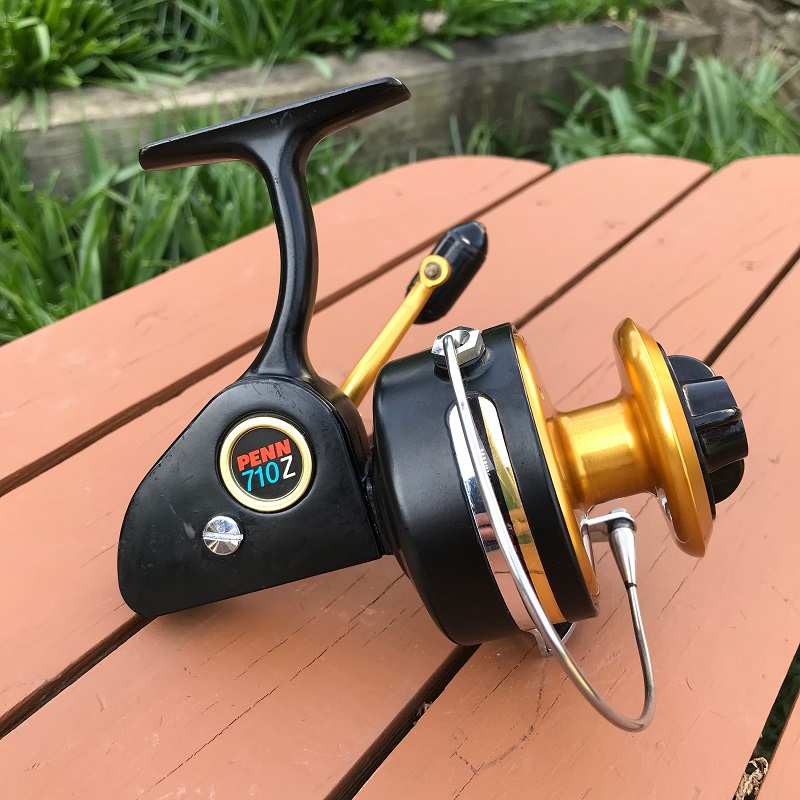
Troubleshooting Common Malfunctions
Addressing Drag Issues
First and foremost, drag problems can be particularly frustrating, especially if you’re battling a large fish:
- Sticky Drag: Begin by cleaning the drag washers. Remove the drag knob and wash these parts with fresh water to eliminate salt and grime. Once cleaned, consider using a light lubricant to restore smoothness.
- Weak Drag: If your drag isn’t holding, it may be necessary to replace the drag washers. Over time, these can compress or become damaged, which can lead to a loss of gripping power.
- Inconsistent Drag: When the drag feels inconsistent, check to ensure that the drag adjustment knob is properly secured. Sometimes, simple misalignments can cause erratic performance.
By regularly checking these aspects of the drag system, you can ensure it works effectively when needed, thereby increasing your success rate when fishing.
Fixing Line Issues
Next, line tangles or twists can ruin your fishing experience:
- Identifying Twists: If you notice line twists, it can be helpful to strip the line off the reel entirely. Once removed, lay the line out and allow it to unwind on its own. In many cases, this process resolves twisting effectively.
- Re-spooling the Reel: Tab the spool and rewind the line, ensuring it goes on tightly. When re-spooling, try to keep tension on the line as you reel it in. This technique helps lay the line properly on the spool and reduces risks of tangling.
- Using the Right Line: Make sure that the line you’re using is compatible with your reel type. Different reels work best with specific line thickness and materials, which can significantly reduce tangling issues.
In summary, properly managing the line will lead to a more enjoyable fishing experience.
Repairing Gears and Bearings
Another issue that can arise is a rough-reeling experience, which can be a major annoyance:
- Cleaning Gears: If your reel feels gritty, remove the side plate and inspect the gears. Use a soft, damp cloth to wipe away dirt, salt, and grease build-up. Additionally, a gentle brush can help clear out hard-to-reach areas.
- Lubrication: After cleaning, apply a suitable lubricant designed specifically for fishing reels. Ensure that you don’t over-lubricate; a small amount often goes a long way. This step is crucial to maintaining smooth functionality.
- Replacing Bearings: If issues persist, inspect the bearings. Damaged bearings can significantly affect performance, and replacing them may be necessary. Consequently, ensure you keep spare parts on hand if you fish frequently.
Regular maintenance will not only prevent problems but contribute to smoother operation, thus enhancing your overall fishing experience.
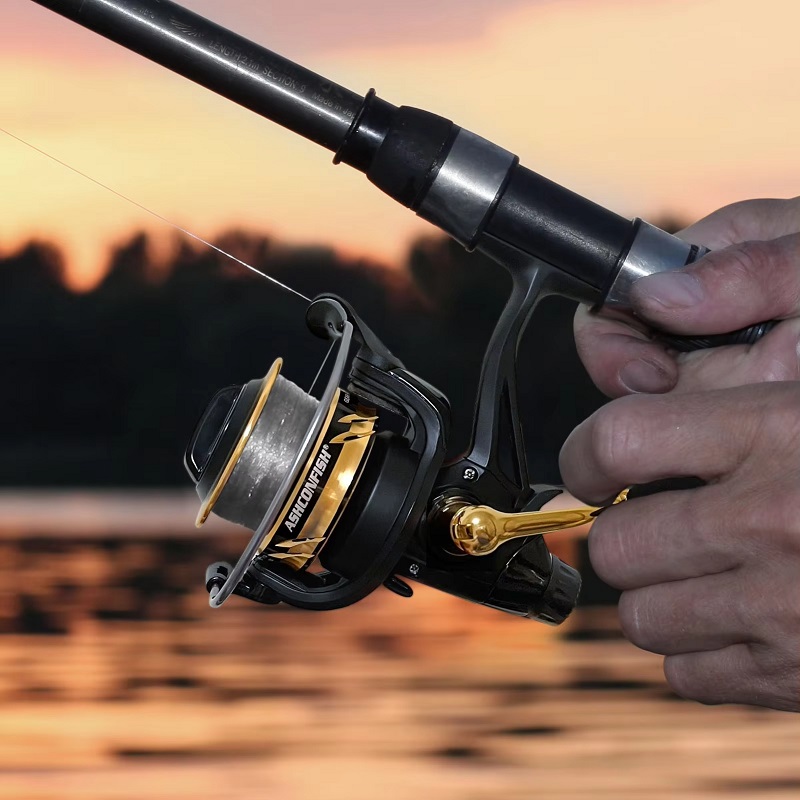
Preventive Measures to Avoid Malfunctions
Routine Maintenance Practices
Preventing malfunctions before they arise can save you considerable time and effort:
- Rinse After Use: Always rinse your saltwater fishing reel with fresh water after every fishing trip. This simple practice helps remove salt and debris that may cause corrosion.
- Store Properly: After rinsing, dry the reel thoroughly and store it away from humidity. Moreover, using a protective case can guard against scratches and dirt accumulation.
- Conduct Regular Inspections: Periodically check all components of your reel for any signs of wear or damage. Early detection is key to preventing major repairs down the line.
- Regular Re-spooling: Change your fishing line every season, or sooner if you notice significant wear. Fresh lines are less prone to tangles and perform better overall.
By establishing these habits, you can prolong the life of your saltwater fishing reel and maintain optimal performance.
Detailed Cleaning Techniques
Furthermore, regular cleaning is essential for keeping your reel in good working order. Here’s a detailed guide on how to effectively clean your saltwater fishing reel:
- Disassemble the Reel: Carefully take apart your reel, starting with removing the handle and side plate. Be sure to follow the manufacturer’s instructions to avoid losing any small parts.
- Use Fresh Water: Rinse all components with fresh water, concentrating on areas where salt can build up. A soft brush can help loosen dirt and debris.
- Inspect Parts Individually: Check the drag washers, gears, bearings, and spool for any signs of wear or corrosion. If you notice corrosion on metal parts, using mild vinegar or baking soda can sometimes help clean it up.
- Dry Thoroughly: After rinsing, use a clean cloth to dry all parts completely. Importantly, avoid leaving moisture, as this can lead to further corrosion.
- Reassemble with Care: Once everything is dry, reassemble the reel carefully. Apply a small amount of grease or lubricant where necessary, ensuring not to over-lubricate any component.
By following these cleaning techniques, you can keep your saltwater fishing reel performing at its best and ensure a successful fishing experience.
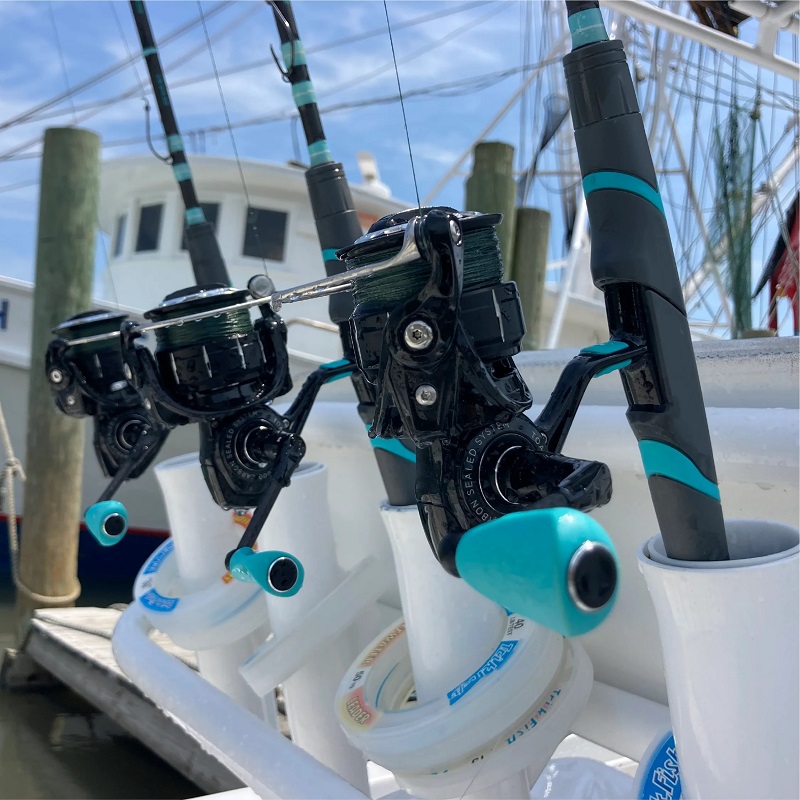
Advanced Troubleshooting Tips
Identifying and Fixing Gear Alignment Issues
Sometimes, issues with a saltwater fishing reel may stem from gear alignment problems:
- Symptoms of Misalignment: For example, if your reel is making odd noises when reeling in or feels stiff, the gears may be misaligned. This misalignment can lead to excessive wear over time.
- Re-check Assembly: Disassemble the reel again and ensure that all gears are seated correctly. Cleaning each component helps avoid build-up that may be causing misalignments.
- Look for Stress Marks: Examine the gears for signs of stress marks or damage. If any parts appear worn out, they may need to be replaced for optimal performance.
- Consult Manufacturer’s Specifications: In some cases, the original assembly may be misaligned even after cleaning. Refer to the manufacturer’s specifications for the proper arrangement of gears.
Taking these steps will help you maintain better alignment and functionality in your reel, ensuring longer usage without major problems.
Dealing with Corrosion
Saltwater can be particularly damaging, leading to corrosion that affects the performance of your reel:
- Recognizing Corrosion: Check for discoloration or flaky material on your reel’s surface. If you notice any issues, that part may need immediate attention.
- Using Anti-corrosion Products: Consider applying a specialized anti-corrosion spray designed for fishing gear. This provides an extra layer of protection against salt and humidity.
- Regular use of Lubricants: Using a marine-grade lubricant regularly on metal parts of your reel can help create a barrier against salt and moisture, ultimately extending the life of your equipment.
- Store Indoors: After fishing, always store your reel in a dry, cool place, ideally keeping it inside a protective reel bag or case to minimize exposure to damaging elements.
Implementing these strategies will help prolong the life of your saltwater fishing reel while maintaining seamless functionality.
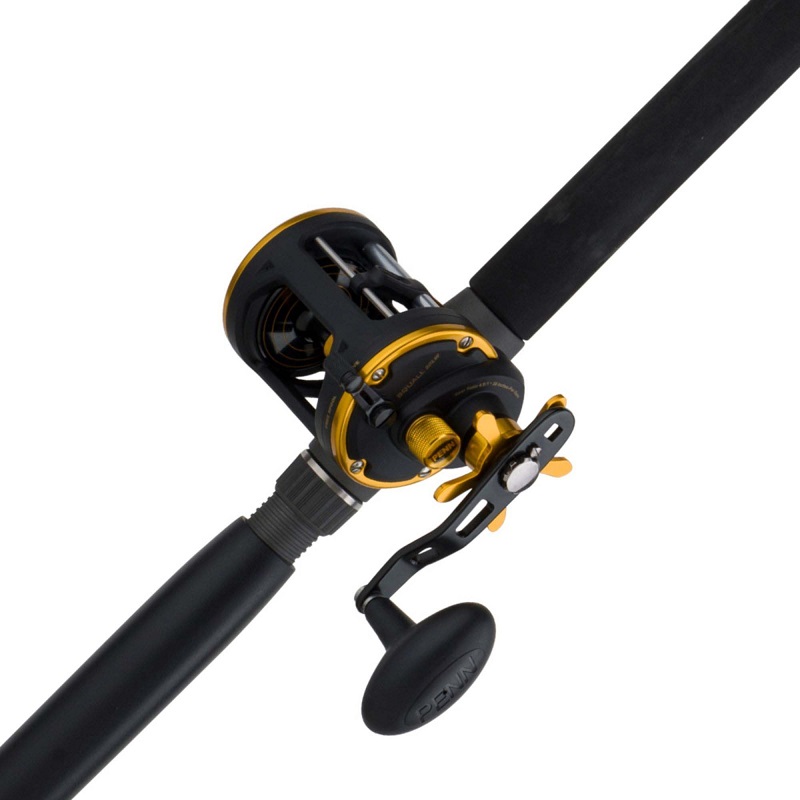
Keeping Your Saltwater Fishing Reel in Top Shape
In conclusion, understanding how to troubleshoot common malfunctions of your saltwater fishing reel is essential for every angler. Whether you’re dealing with drag issues, line tangles, or gear malfunctions, being proactive empowers you to address and resolve these problems effectively.
Take the time to familiarize yourself with the components of your reel, while utilizing the troubleshooting tips provided in this guide. Additionally, implementing preventive maintenance practices will ensure your reel remains in excellent condition throughout the fishing season.
By maintaining your saltwater fishing reel, you not only enhance your fishing experience but also extend the lifespan of your equipment, helping you land that prized catch. Happy fishing, and may your lines stay tight and your experiences be plentiful!
